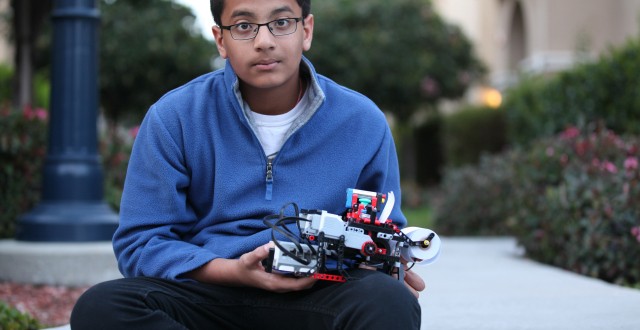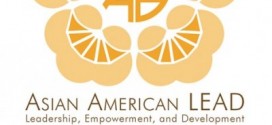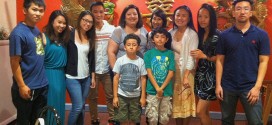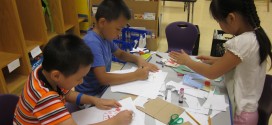By Devika Koppikar
During his trips to India, 12-year-old Shubham Banerjee wants to jump in and take away the pain of underprivileged people.

“He’s a very sentimental kid and gets swayed by small things (suffering he sees in the world),” said his mother Malini, a resident of San Jose, California, who regularly takes her children to feed the homeless.
So when the neighborhood weekly thrown at his front door featured an ad on helping the blind, the 7th grader couldn’t sit still. He then asked his father, Niloy (Neil), how the blind read.
“Google it,” Neil told his son, which led the young California boy to learn about Braille. He was stunned, however, that an average Braille printer costs $2,000.
“How would the 285 million visually impaired people around the world, 90 percent who live in developing nations, be able to use this?” wondered Shubham, who spoke to AF in a Skype interview.
Shubham began this mission in early December. The holidays were around the corner and his science project would due soon. So Shubham decided to forgo his favorite video games and guitar playing. Instead he experimented with Lego Mindstorm EV3 kit, a hardware and software program that creates programmable robots. The Banerjees purchased this kit for their son from Home Depot for $349, along with a few add-ons for about $10 more dollars.
“He asked for permission to stay up late and during the next weeks, he was working on this nonstop, experimenting and perfecting it,” said Malini.
By early January, Shubham created “Braigo,” which prints letters in Braille. Basically, the program’s controller is set up to scroll through the alphabet. The user chooses a letter and it prints it out with tactile bumps onto a roll of paper.
The Banerjees were proud of their son, they said, and had him do a demo at the annual Indian Republic Day event (Jan. 26) in San Francisco Bay. What they didn’t realize is how much of an impact this product would make, said Malini.
Within days, member of the Indian American community, some of whom have visually impaired children or relatives, came up to Malini and Neil and applauded their son for the difference he’s making. Braigo then went viral, which now has a Facebook page < https://www.facebook.com/BraigoPrinter> and he’s gotten a lot of buzz on Twitter as well. Several organizations around the world serving the blind have also approached the young man wanting to learn more about Braigo. Some people suggested that Shubham get the product patented.
“But dad is not sure about spending $10,000 to get this product patented,” said Shubham. The altruistic adolescent instead is working toward offering a free downloadable version of Braigo to anyone.
“If you give the mother code to people for free, they can translate it (and produce Braille) in their own languages,” said Neil.
For a boy whose name means “auspicious” is Sanskrit, he’s made a vocation true to his name.
 Asian Fortune Your source for all things Asian American
Asian Fortune Your source for all things Asian American



